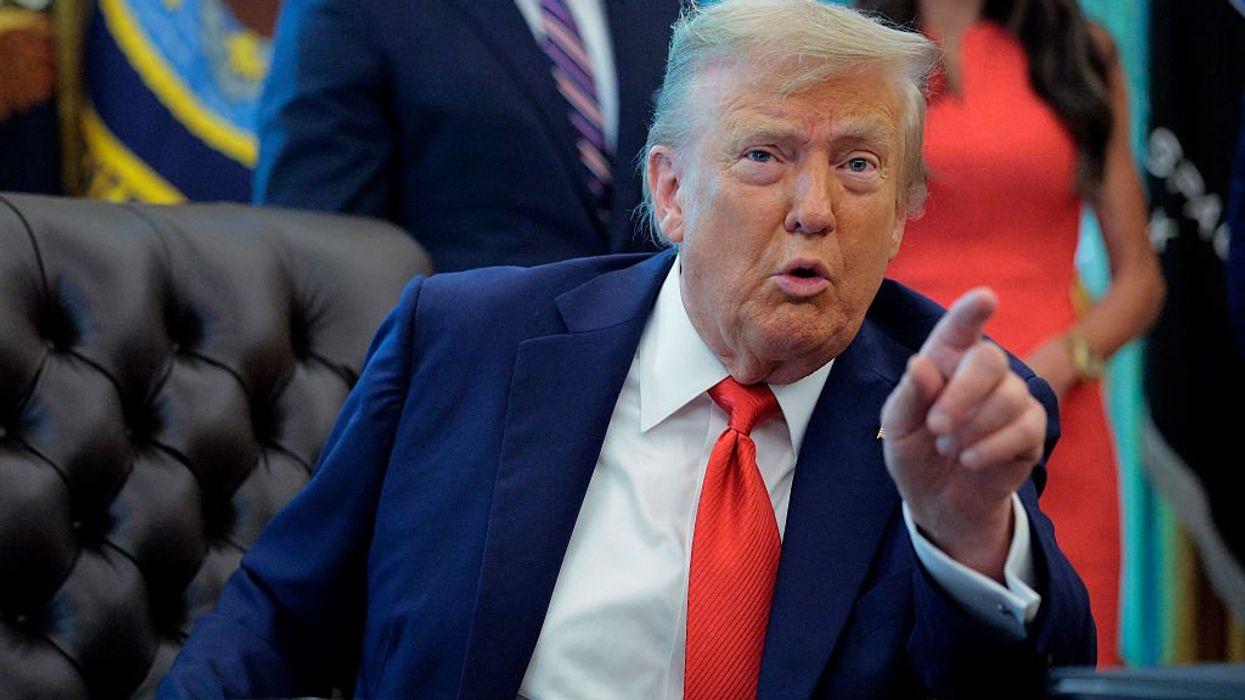In 1965, Lyndon Johnson announced his War on Poverty initiative, a sweeping vision of government intervention to provide all manner of welfare to those in need. Today, America has over 70 welfare programs to aid the poor and has spent $22 trillion on the so-called War On Poverty. One would think such massive resources and efforts would have eradicated --- or greatly lessened --- poverty in America. Instead, the poverty rate, which was 14 percent in 1965, has increased to 14.3 percent. In this four-part series, we explore the failed War on Poverty and how more government is never the answer.
War on Poverty Part I: The Founders' Thoughts
While living in Europe during the 1760s, Benjamin Franklin observed that the more public provisions made for the poor, the less they provided for themselves and the poorer they became. On the contrary, the less done for them and the more they did for themselves, the richer they became.
Many have completely lost sight of that simple truth. Instead, when it comes to helping the poverty stricken, the common refrain for government intervention is to do what the Bible says or what Jesus would do. But here's what Jesus actually said while addressing the rich man claiming to obey every commandment since his youth:
And Jesus said unto him, if thou will be perfect, go and sell that thou hast and give unto the poor, and thou shall have treasure in heaven, and then come and follow me. (Matthew 19:21)
It's vital to note that Jesus told the man to sell what he had and give it directly to the poor. He didn't say, go and pay your taxes and hope that Caesars will redistribute your wealth properly to those who need it. Jesus never mentioned the government had any role in taking care of the poor. It was for individuals to do. Our Founding Fathers held the same belief.
The Founders made no mention of the federal government caring for the poor. That responsibility was left to the individual, families, churches, and if need be, local governments. Assistance was to be temporary, minimal and only on the condition of work. In other words, the poor would have to work for the welfare they received, if they were able-bodied. Franklin also said the government should assist the poor in overcoming poverty as expediently as possible. He famously said, "I think the best way of doing good to the poor is not making them easy in poverty, but leading or driving them out of it."
The Founders were concerned about taxpayers' money being spent properly, something that no longer concerns members of our government. The Founding Fathers had not been supportive of an income tax. In fact, Thomas Jefferson denounced the idea of income taxation in his first inaugural address saying, "A wise and frugal government shall not take from the mouth of labor the bread it has earned."
In 1779, Thomas Jefferson proposed a bill that outlined his approach to welfare. He suggested group homes with work requirements for the able-bodied and raising local funds to support poor children and the lame, impotent, blind and other inhabitants who couldn't take care of themselves.
The left often portrays our Founders as uncaring, hateful and callous because of the principles they held on government welfare. However, the results of their philosophies cannot be denied. The poverty rate at the nation's founding in 1776 was 90 percent. The rate before massive government intervention had plummeted to 14 percent. It's one of the greatest success stories in the history of mankind.
There's no denying the Founding Principles of personal responsibility, coupled with freedom, opportunity and capitalism, brought great prosperity to this nation and lifted millions of out of poverty.
Listen to the Full Series on War on Poverty

 Chip Somodevilla / Staff | Getty Images
Chip Somodevilla / Staff | Getty Images
 ROBYN BECK / Contributor | Getty Images
ROBYN BECK / Contributor | Getty Images Andrew Harnik / Staff | Getty Images
Andrew Harnik / Staff | Getty Images